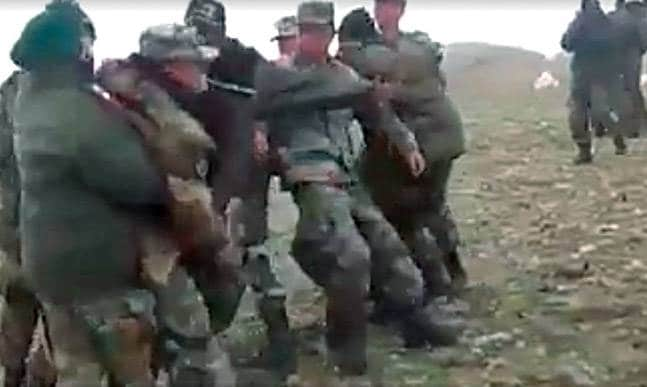Kolkata: Eastern Army commander Lieutenant General RP Kalita said Friday there were no fresh developments on construction of infrastructure by China at Doklam, the strategic valley in Bhutan at the tri-junction of the three countries. RP Kalita’s statement came in the backdrop of media reports of construction of a ropeway at Torsa Nala near Doklam by the Chinese People’s Liberation Army (PLA).
“There has been no fresh development as far as Doklam is concerned with regard to infrastructure development,” Kalita said.
The Doklam standoff in 2017 occurred when a PLA combat engineering unit started building a road in the high plateau leading to a 73-day standoff between Indian and Chinese forces. The imbroglio was resolved through talks.
“Thereafter there is a protocol which is being followed in Doklam area by both sides in which there is regular interaction between the local commanders so that there is no new construction on both sides,” Kalita said in answer to a question on whether China is actively building infrastructure such as roads and ropeways on its side in Doklam.
Indian security establishment has been always aware of the strategic importance of the Doklam plateau given the fact that the high ground can be used to target the narrow Siliguri corridor which connects mainland India with the Northeast.
India has over the last few decades been upgrading its own border infrastructure keeping in mind the threat perception from the North as also raised a mountain strike formation – XVII corps based in Panagarh in West Bengal.
With regard to development of new roads, bridges and tunnels by India in the northeastern states, especially in the border areas, Kalita said improvement in infrastructure primarily helps in enhancing the Armed Forces’ operational capabilities in terms of force mobilisation in designated areas in the shortest time frame.
Kalita said that apart from roads, infrastructure development means railways, airports, helipads and communication infrastructure as well.
“In last about 10-15 years, (there has been) a huge focus on infrastructure development, particularly in the border areas which definitely are going to assist and enhance our op (operational) capabilities,” Kalita asserted.
